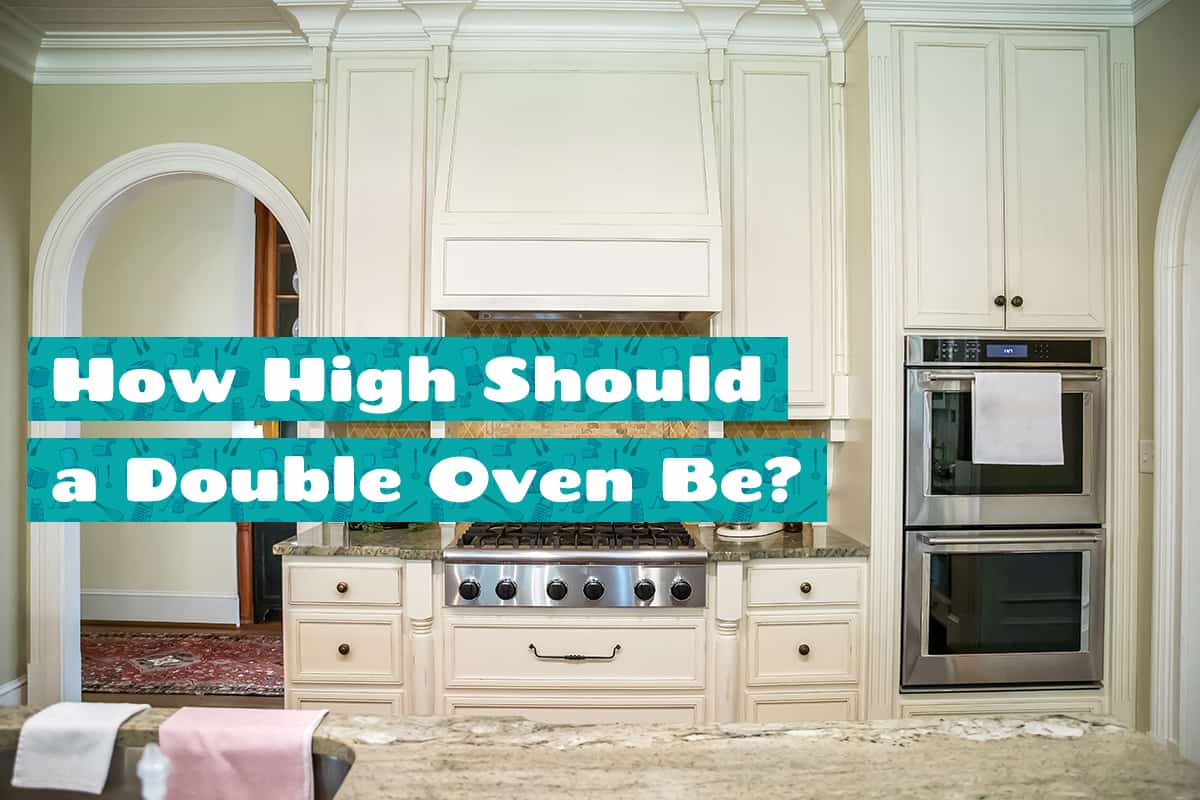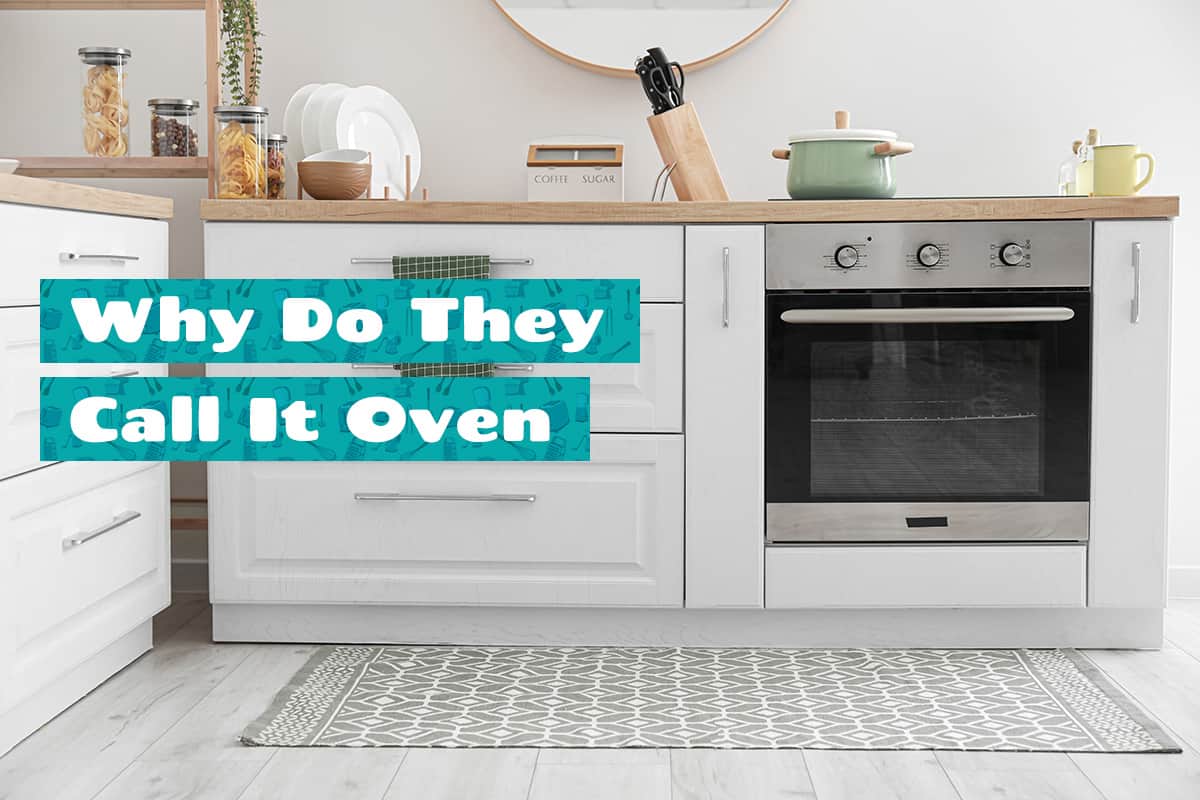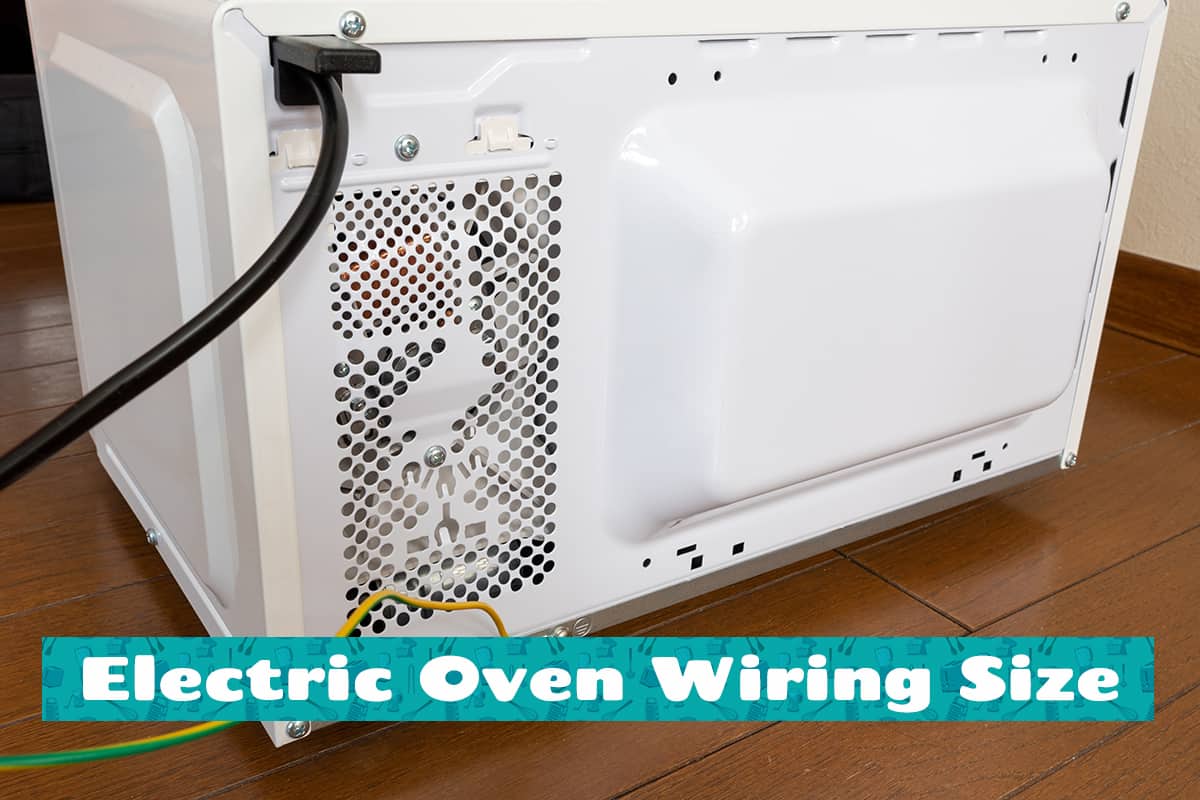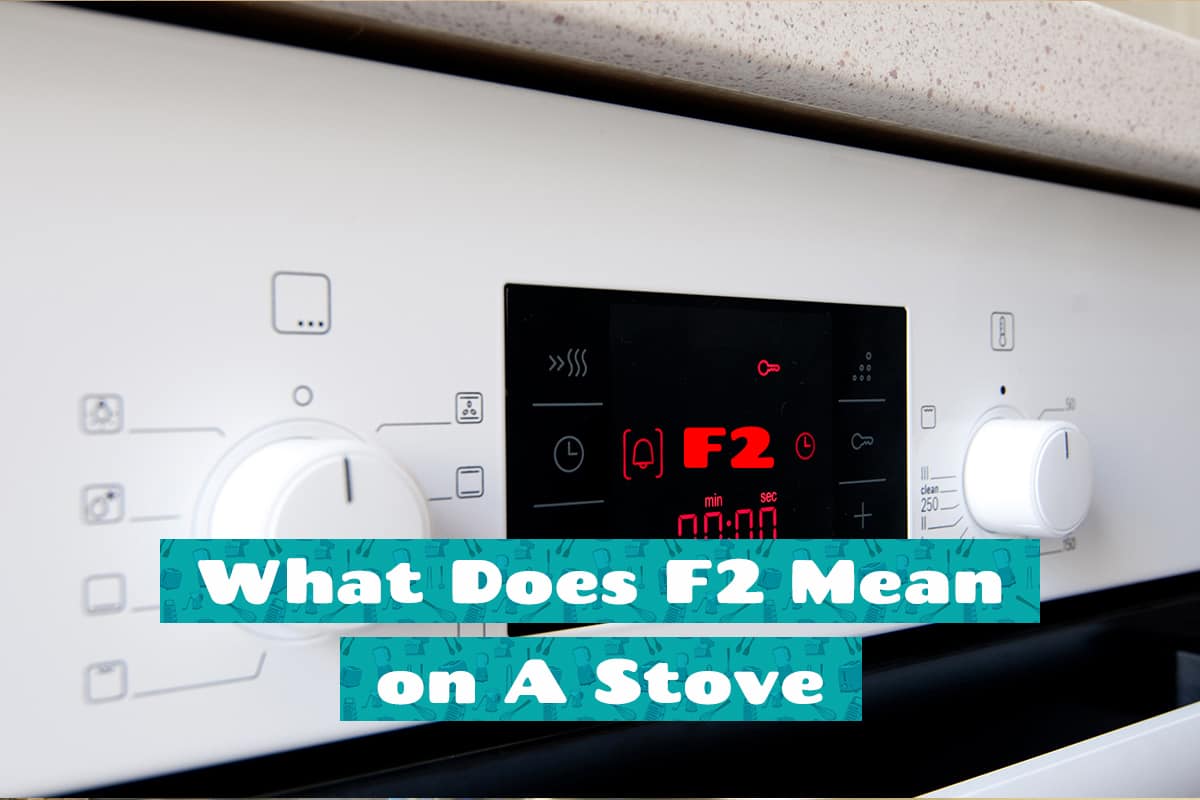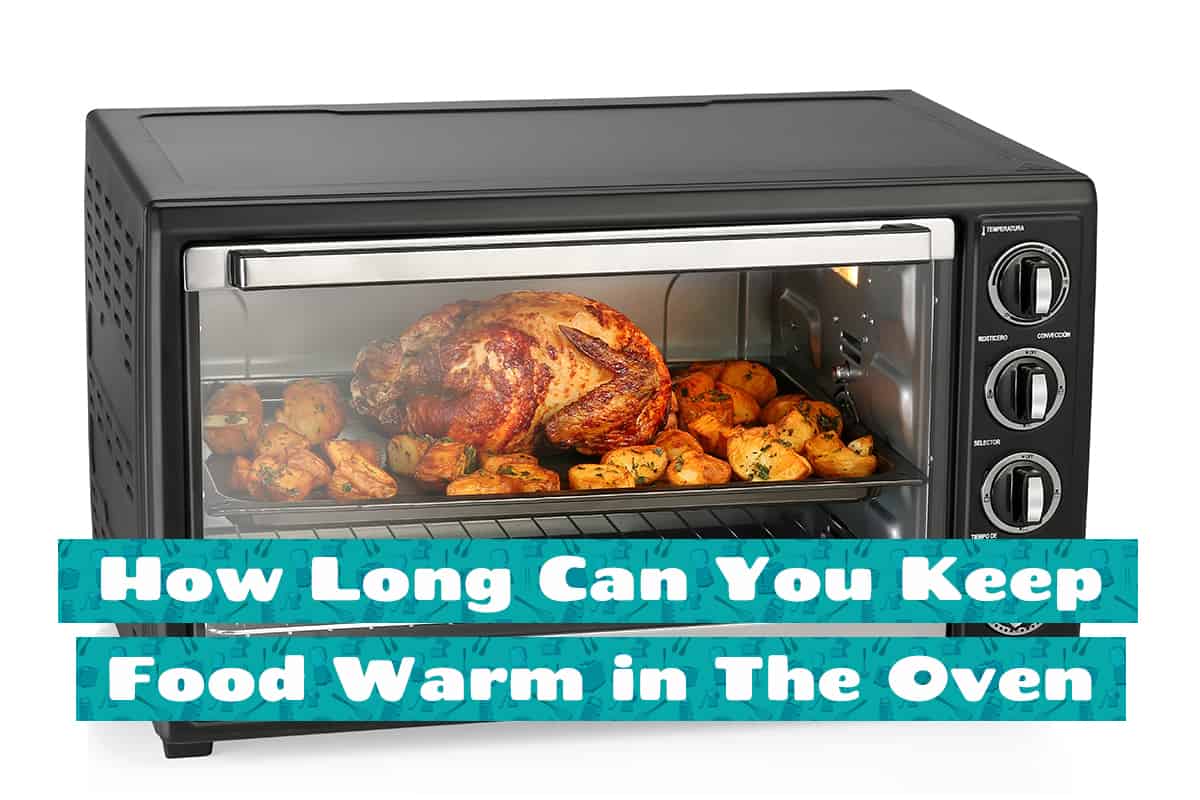Burnt sugar in the oven can be a common kitchen mishap. Whether it’s an overflowing pie, caramel sauce, or a batch of cookies gone wrong, that sticky, caramelized mess can be challenge to address.
The blinking of an oven light can be attributed to various factors, often involving electrical discrepancies or component malfunctions. Addressing the issue may entail examining internal wirings, the door switch, or other related components.
The common pH of oven cleaners is typically alkaline, often around 11-13. An alkaline pH helps break down greasy stains more effectively.
Your oven turns off when you open the door due to built-in safety features or malfunctioning components. Generally, it’s a design choice to prevent overheating or save energy. However, if it’s disrupting your cooking, it might need a check-up.
For standard residential ovens, common breaker sizes are 30 to 50 amperes. Double ovens or commercial units might need up to 60 amperes. Gas ovens, primarily using gas for heating, typically have a smaller electrical requirement, often utilizing a 15 to 20-ampere breaker for their electrical controls.
To turn off the oven cooling fan, locate the fan settings on the control board and select the ‘off’ option. Check your oven manual as procedures might vary slightly between brands.
The term ‘P5H’ is a regular sight on many oven displays. Essentially, ‘P5H’ is your oven’s shorthand for ‘Push’. Once you’ve dialed in your desired temperature or broiling intensity, the “P5H” is nudging you to press the start button.
While there’s no one-size-fits-all answer, most wall-mounted double ovens are typically installed at a height of 48 to 52 inches from the floor. Factors determining this range include ergonomics, kitchen design, safety, and the user’s height and reach.
The term ‘oven’ traces back to Old English. It’s borrowed from the Germanic term ‘ofen’ and relates to the Latin word ‘furnus.’ Essentially, it’s all about a chamber for heat.
Most household electric ovens use a wire size of 8-gauge or 6-gauge, depending on the oven’s power consumption and the distance from the circuit breaker.
The F2 error code usually indicates that your stove’s oven temperature sensor is reporting inaccurate readings. To get rid of this error, you can try resetting the appliance or checking the sensor’s connections. If the issue persists, a faulty sensor or control panel may need professional attention.
You’ve probably seen people in movies or TV shows keeping food in an active oven even after it’s done baking. This is done to keep the food warm prior to warming. But how long can you leave your food in the oven before it’s too late?







